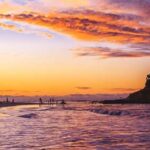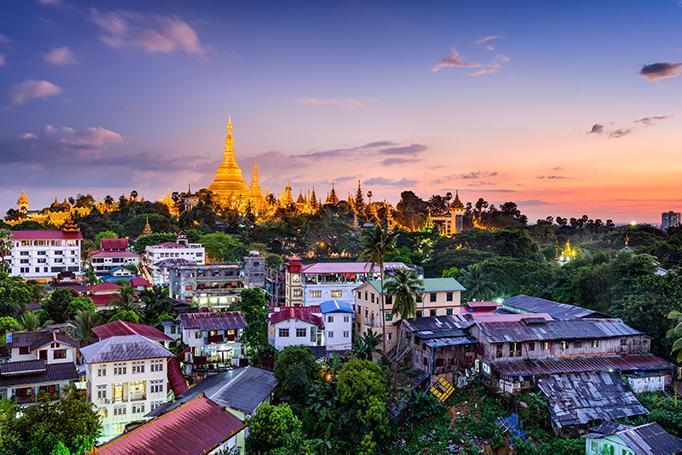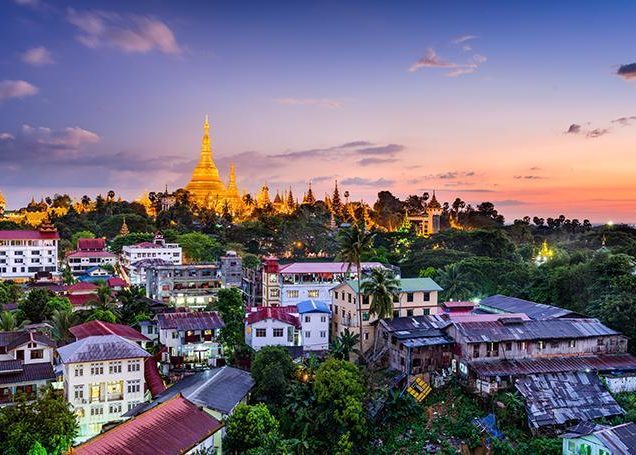
Lanzarote Canary Islands Spain
Lanzarote Canary Islands Spain Hyatt Secrets Bedroom Lanzarote Canary Islands Spain Timanfaya NP Lunar Landscape Lanzarote Canary Islands Spain Hyatt Secrets Gym Lanzarote Canary Islands
Known as Burma or Myanmar, this country is still relatively undiscovered territory having only recently opened up to tourists and backpackers. It is a country packed with beautiful and breathtaking temples and mesmerising scenery. From the remote Northern Shan States to the more recognisable sprawling site of Bagan, a group tour in Burma will leave you breathless.
Make sure you try a traditional Burmese meal of noodle soup, ride the train over the Goteik Viaduct and watch the sunrise over the temples in Bagan. On a group tour, all of this and so much more is possible.


Lanzarote Canary Islands Spain Hyatt Secrets Bedroom Lanzarote Canary Islands Spain Timanfaya NP Lunar Landscape Lanzarote Canary Islands Spain Hyatt Secrets Gym Lanzarote Canary Islands
To arrive in Myanmar is to step back in time, where the pervasive influence of Western culture has yet to firmly take root and where men still wear the traditional longyi and elderly can still be seen chewing betel, staining their teeth and gums a deep red. It is the land of thousands of stupas from the plains of Bagan to the gilded heights of Shwedagon Paya. Closed off from the rest of the world for many years, Myanmar has a near-mystical appeal for travellers looking for a unspoilt corner of the globe. Its culture, food, landscape and history combine to make it one of the world’s most attractive and alluring destinations. At the heart of this destination are its people, famed for their humorous, generous nature and ethnic diversity.
Myanmar’s currency is the Burmese kyat (symbol: K) which is made up of 100 pya. Bank notes come in 1, 5, 10, 20, 50, 100, 200, 500, 1000, 5000 and 10000 kyat denominations and coins come in 1, 5, 10, 50 and 100 kyat denominations.
ATMs that accept international cards such as Visa and Mastercard are only just starting to appear in major towns and tourist areas, but they should not be relied upon as your primary source of funds. It is better to arrive with the money you will need for the duration of your trip in US dollars which can be exchanged when you arrive. It is important to bring only USD notes in pristine condition with serial numbers that do not pre-date 2006. Larger bills (US$50 and US$100) are exchanged at a slighter better rate than smaller notes and money can be exchanged at the airport or banks. Travellers cheques are not recommended.
Although the cost of travelling in Myanmar is increasing with its popularity as a destination, travel in Myanmar is still relatively inexpensive. Street food or a meal in a local restaurant starts from just a couple of dollars, up to $20-30 at a top restaurant with wine. Short taxi or tuk-tuk rides within cities are usually $1-2. A beer will usually set you back around $2.
Tipping is not customary in Myanmar but small donations may be expected when visiting temples and monasteries.
Myanmar’s two major cities Yangon and Mandalay are where most travellers arrive by air. There is also an airport at the nation’s capital city Nay Pyi Taw but it is not used by many airlines. Yangon is a former capital, has a mixture of colonial-era buildings and elegant Buddhist stupas and offers a good introduction to the country. Mandalay is the hub for upper Burma and a relatively new city which is considered the ‘cultural capital’. Southeast of Mandalay is Bagan with its thousands of stupa ruins and southwest of Mandalay is Kalaw which is a popular start point for local trekking, including a 2-4 day walk to Inle Lake, famous for its vibrant lakeside communities. North of Mandalay Hsipaw is start point for walks to ethnic minority villages and nearby Pyin Oo Lwin is a British colonial curiosity with neatly clipped gardens and elegant buildings. West of Yangon there are several beaches, the most well known being Ngapali.
In Myanmar power runs on 230 volts and the most common plug sockets are those that take two round prongs (such as in Europe) or UK-type sockets with three larger prongs. Some hotels will also have multi-type power socket which accept both round or flat prongs. These vary however, so to be sure, it is best to carry an international adapter with you to cover your bases.
Myanmar’s people are made up eight official ethnic races and 135 recognised distinct ethnic groups, making it a melting pot of diversity. Bamar, Shan, Mon, Kayin, Kayah, Chin, Kahin and Rakhaing are the eight major ethnicities, each with its own unique costumes and traditions. The Bamar make up 69% of the population.
The national language is Burmese, and although there are many languages spoken throughout the country Burmese is understood by the whole country. You can greet someone by saying ‘mingala-ba’ which literally translated means ‘auspiciousness by upon you’.
As Myanmar is a Buddhist country, it is important to observe their religious customs which include. removing your shoes before entering a temple, Buddhist site or home. You should never touch anyone’s head, even children, nor point your feet towards another person or towards a religious image or statue (when seated). Posing with Buddhist images is also considered bad form, in particular as it involves turning your back towards the image.
Myanmar is a long country that borders with Bangladesh, India and China in the north, and Laos and Thailand to the west and south. The southern tip of the country extends down towards the Malay Peninsula with a hot, humid climate, similar to Malaysia. The area south-west of Yangon is characterised by vast river delta and known for its rice cultivation. Central Myanmar is dominated by broad, flat lowlands, named the country’s ‘dry zone’ as the mountains and hills that surround it protect it from receiving much rainfall. The Kachin Hills in the north-west form the foothills of the Himalayas and include Myanmar’s highest mountain, Hkakabo Razi, at 19,295 feet. Three major river systems travel down the country, fed by monsoon rains and snow melt from Nepal and India, the Irrawaddy River, the Chindwin River and the Thanlwin River.
The earliest people in recorded history were the Pyu and the Mon. The Pyu arrived from either the Tibeto-Burman plateau and/or India in the 1st century BC and established city-states in central Myanmar. The Mon people originated from eastern India or Southeast Asia established themselves in southern Myanmar. At its height, the Mon kingdom extended across Thailand and into Cambodia and they brought Buddhism to the region. The Rakhaing people were another group in the area, settling along the Bay of Bengal with their Buddhist kingdom based in Mrauk U.
By the 8th or 9th century the Bamar (also known as Burmans) arrived, supplanting the vanquished Pyu people and enigmatic ruler King Anawrahta established the first Burmese kingdom in 1044 with its capital at Bagan, adopting Theravada Buddhism as the state religion. His success was not continued by subsequent rulers and in 1287 the kingdom was invaded by Mongol leader Kublai Khan when the current king made the diplomatic error of murdering his envoys. What followed was a period of disunity where Shan tribes took control of parts of the low country and the Mon once again controlled the south.
Two hundred years later, the second Burmese Empire was established and the region was once again under Bamar rule. In 1550 Bayinnaung ascended the throne and reunified Burma, before invading the neighbouring Siamese kingdom of Ayutthaya. After his death, the kingdom began to decline and the capital was moved inland to Inwa in 1636 which was taken by rebelling Mon forces in 1752.
The third Burmese Empire was launched by King Alaungpaya, who contested the Mon’s control of Inwa and established the Konbaung Dynasty (1752-1885), the last dynasty to rule Burma. The Konbaung kings expanded their kingdom, and much of modern Myanmar’s borders can be traced to the activity of this period. Burmese troops crossed into British-controlled Assam (in India) in the early 19th century pitting the kingdom against a foe that would eventually lead to its downfall.
In a series of three wars between 1824 and 1885 the British took control of Burma, after which point it was administered as part of ‘British India’ and received an influx of Indian and Chinese immigrants marginalising the Burmese people. By the early 20th century, growing nationalist sentiment lead to strikes and protests against elitist colonial rule, calling for self-government and an end to colonial power in the region. In 1937, Burma’s administration was separated from India and a new legislative council was formed with Burmese ministers.
National hero, Aung San and his group called the ‘Thirty Comrades’ gained military support and training from Japan, founding the Burmese National Army (BNA) when they returned in 1941 with Japanese forces to liberate Burma. By mid-1942 they had driven the British out of most of Burma, but found the Japanese not a great improvement, switching to support the Allies in March 1945. This gave them a better position from which to negotiate after World War II and in January 1947 Aung San met with British Prime Minister Clement Attlee agreeing to Burmese self-rule within a year. In the elections that followed Aung San’s party won an overwhelming majority of the vote, however in July 1947 he and six of his aides were gunned down. His daughter and current national hero Aung San Suu Kyi was two years old at the time. On January 4 1948 Burma became independent and left the British Commonwealth, with Aung Sun’s protégé U Nu taking the reins.
The country descended into chaos with ethnic minority groups, rebels and communist factions fighting for control until order was gradually restored in the 1950s. U Nu remained in power until 1958 when he voluntarily ceded leadership to a temporary military government. While initially this government made good progress, when U Nu was voted back into power General Ne Win ordered a military coup imprisoning the U Nu and many of his ministers and abolishing the civil government. What followed was a period of harsh socialism; private property was seized, freedom of speech and the press was curtailed, unemployment rose and living standards fell.
General Ne Win retired as president in 1981 but remained as chair of the ruling political party until protests 1988 called for his dismissal. The same year, a second military coup was staged forming the State Law & Order Restoration Council (Slorc) which promised to hold multi-party elections. Despite the government’s attempts to appease the people, the election was won by the National League for Democracy (NLD) led by Aung San Suu Kyi and several former generals. Slorc then barred the winning party from taking power, arresting its leaders.
In 2007 Buddhist monks demonstrated in what was named the ‘Saffron Revolution’ protesting against escalating price rises. The protests were brutally suppressed by the government. The following year, the country was ravaged by Cyclone Nargis, the second deadliest cyclone in recorded history. Despite the damage, the military junta still held the previously planned referendum on a new constitution, claiming 92% had voted in favour.
In 2010 Aung San Suu Kyi was released from house arrest and in 2012 her party won by a landslide in by-elections. Reform in Myanmar continues with the release of political prisoners, greater freedom of the press and acceptance of foreign aid. The government is still criticised for human rights abuses and treatment of ethnic minorities.
We are passionate adventure travelers who want to share the world and our travel experiences with everyone…
This website uses cookies so that we can provide you with the best user experience possible. Cookie information is stored in your browser and performs functions such as recognising you when you return to our website and helping our team to understand which sections of the website you find most interesting and useful.
Strictly Necessary Cookie should be enabled at all times so that we can save your preferences for cookie settings.
If you disable this cookie, we will not be able to save your preferences. This means that every time you visit this website you will need to enable or disable cookies again.

